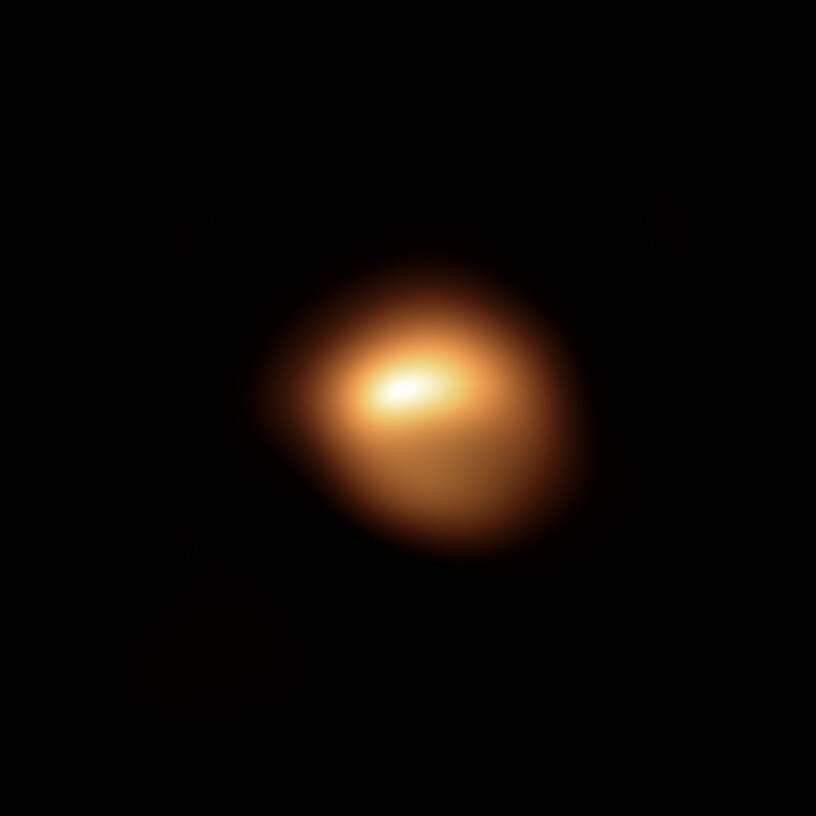OPEN SCIENCE
Popular preprint servers face closure because of money troubles. As reported by Smriti Mallapaty in Nature, a number of preprint servers on the OSF platform struggle to cover their annual fees.
FORCE11 has started a year-long blog series on scholarly infrastructure. First post is an interview with CLOCKSS Executive Director Craig Van Dyck on digital preservation.
UKRI is reviewing its open access policies for peer-reviewed research articles and academic books funded by them, and is seeking public input. Deadline is April 17.
Towards Inclusive Innovation: The Role of Open Science. Slides from a talk given by Thomas Hervé Mboa Nkoudou at the UN Workshop on Science, Technology and Innovation for the Sustainable Development Goals, 3 – 5 February 2020.
NSF Science of Science Proposal: Randomized Trial of Registered Reports. This is a trial on using the registered reports (RR) scheme for major revisions. “Authors who receive revise-and-resubmit decision letters asking for an additional study will be invited to participate in the trial. Those that opt-in will be randomized to either a status quo (i.e., standard of care) or RR condition for their resubmission with the additional study.”
PUBLISHING
The Center For Open Science’s TOP Factor journal scores have launched, assessing a number of transparency and reproducibility measures.
The Coko Foundation is developing a new journal submission and peer review system, SimpleJ. It appears to be less complex than the systems built in collaboration with eLife and Hindawi.
RESEARCH
Inspiring the Next Generation of Women in Science. Celebrating passion and commitment to science by women around the globe. Blog post by Siân Harris in The Scholarly Kitchen.
Altered Inheritance: CRISPR and the Ethics of Human Genome Editing. A book by Françoise Baylis, published by Harvard University Press. I have heard positive recommendations, but only just ordered the book.
Trump’s 2021 budget drowns science agencies in red ink, again. US Congress has the final budget authority and in past years has reverted suggested budget cuts.
The European Southern Observatory’s Very Large Telescope has taken a closer look at Betelgeuse and in comparison to January 2019 the star appears to be no longer of round shape. As mentioned in issue 54, the star has lost around two thirds of its brightness. There is no indication as to when it may possibly explode into a supernova.
EVENTS
Cambridge Open Drinks. Meet the local open science crowd on February 25, 2020, at 5:30 pm – 8:30 pm in Cambridge, UK.
Gender, Race and Power in Science. Panel event with Angela Saini on March 13 at 5 pm – 7pm in London, UK.
The International FAIR Convergence Symposium & CODATA General Assembly is taking place from 22 – 24 October, 2020, in Paris, France.
SIPS 2021. The meeting will take place on June 23 – 25, 2021, in Padova, Italy. Meanwhile, SIPS 2020 is on June 21 – 23, 2020.
OTHER
Ian Mulvany is moving on from Sage to be CTO at BMJ. Congratulations Ian!
Ed Pentz is leaving as Executive Director of Crossref. Pentz has been in this role for 20 years.

Image of the star Betelgeuse in the Orion constellation. Taken in December 2019, the image appears to show that compared to a year ago Betelgeuse is no longer round as it approaches the end of its life.
Credit (CC-BY): ESO/M. Montargès et al.